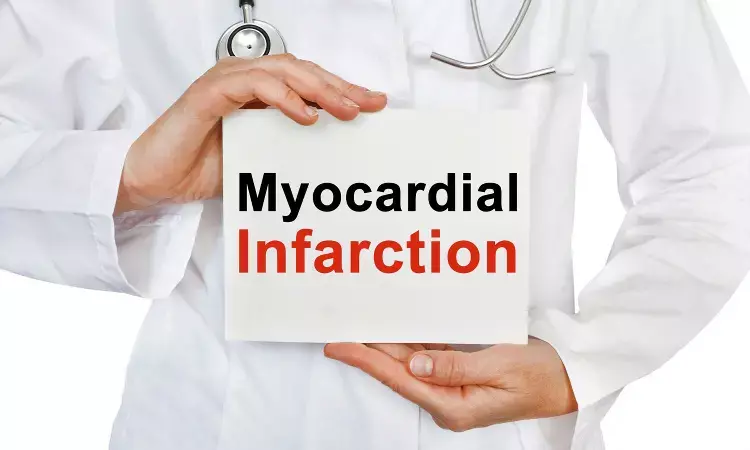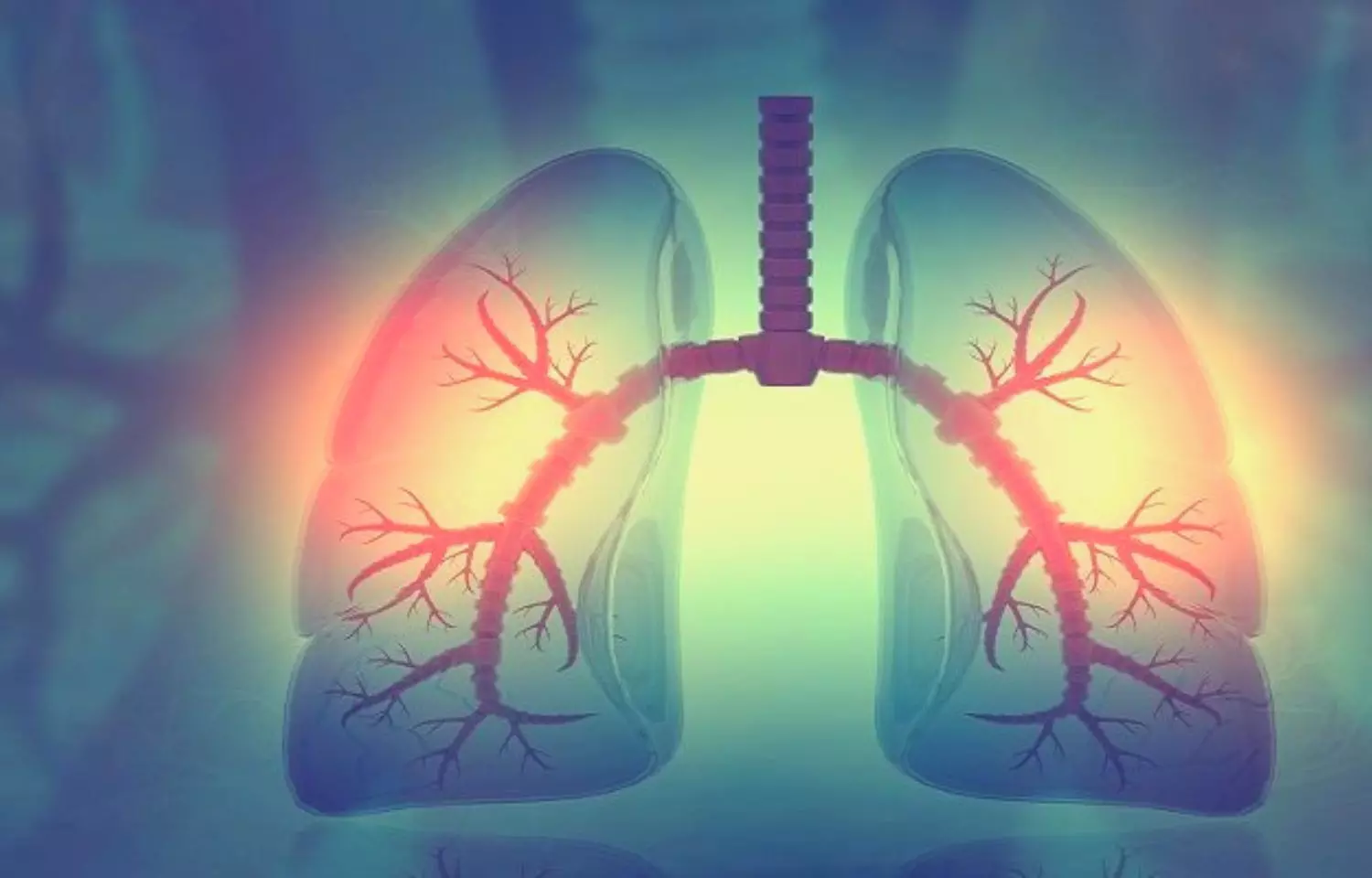- Home
- Medical news & Guidelines
- Anesthesiology
- Cardiology and CTVS
- Critical Care
- Dentistry
- Dermatology
- Diabetes and Endocrinology
- ENT
- Gastroenterology
- Medicine
- Nephrology
- Neurology
- Obstretics-Gynaecology
- Oncology
- Ophthalmology
- Orthopaedics
- Pediatrics-Neonatology
- Psychiatry
- Pulmonology
- Radiology
- Surgery
- Urology
- Laboratory Medicine
- Diet
- Nursing
- Paramedical
- Physiotherapy
- Health news
- Fact Check
- Bone Health Fact Check
- Brain Health Fact Check
- Cancer Related Fact Check
- Child Care Fact Check
- Dental and oral health fact check
- Diabetes and metabolic health fact check
- Diet and Nutrition Fact Check
- Eye and ENT Care Fact Check
- Fitness fact check
- Gut health fact check
- Heart health fact check
- Kidney health fact check
- Medical education fact check
- Men's health fact check
- Respiratory fact check
- Skin and hair care fact check
- Vaccine and Immunization fact check
- Women's health fact check
- AYUSH
- State News
- Andaman and Nicobar Islands
- Andhra Pradesh
- Arunachal Pradesh
- Assam
- Bihar
- Chandigarh
- Chattisgarh
- Dadra and Nagar Haveli
- Daman and Diu
- Delhi
- Goa
- Gujarat
- Haryana
- Himachal Pradesh
- Jammu & Kashmir
- Jharkhand
- Karnataka
- Kerala
- Ladakh
- Lakshadweep
- Madhya Pradesh
- Maharashtra
- Manipur
- Meghalaya
- Mizoram
- Nagaland
- Odisha
- Puducherry
- Punjab
- Rajasthan
- Sikkim
- Tamil Nadu
- Telangana
- Tripura
- Uttar Pradesh
- Uttrakhand
- West Bengal
- Medical Education
- Industry
Nicorandil reduces infarct size in STEMI patients undergoing primary PCI: JAHA

The latest trial found that administering nicorandil before primary percutaneous coronary intervention (pPCI) led to improved myocardial perfusion grade, increased left ventricular ejection fraction, and reduced myocardial infarct size in patients with ST‐segment–elevation myocardial infarction (STEMI). The study was published in the Journal of the American Heart Association.
Literature shows that Nicorandil improved microvascular dysfunction and reduced reperfusion injury when administered before primary percutaneous coronary intervention. Hence, researchers conducted a multicenter, prospective, randomized, double‐blind clinical trial called the CHANGE trial to investigate the effects of nicorandil administration on infarct size in patients with STEMI treated with primary percutaneous coronary intervention.
238 patients with STEMI participated in the study. Out of these 120 were randomized to receive intravenous nicorandil or placebo (n=118) before reperfusion. Patients in the nicorandil group received a 6‐mg intravenous bolus of nicorandil followed by continuous infusion at a rate of 6 mg/h. Patients in the placebo group received the same dose placebo. Infarct size on cardiac magnetic resonance (CMR) imaging performed at 5 to 7 days and 6 months after reperfusion was the primary endpoint.
Results:
- CMR imaging was performed in 201 patients (84%).
- Infarct size as seen on CMR imaging at 5 to 7 days after reperfusion was significantly smaller in the nicorandil group compared with the placebo (control) group.
- Long‐term CMR imaging at 6 months after reperfusion was significantly smaller in the Nicorandil group.
- Nicorandil group showed a lesser incidence of no‐reflow/slow‐flow phenomenon during primary percutaneous coronary intervention.
- Complete ST‐segment resolution was more frequently observed in the nicorandil group.
- Left ventricular ejection fraction on CMR imaging was significantly higher in the nicorandil group than in the placebo group at both 5 to 7 days and 6 months after reperfusion.
Thus, the researchers concluded that administering nicorandil before primary percutaneous coronary intervention had beneficial effects like improved myocardial perfusion grade, increased left ventricular ejection fraction, and reduced myocardial infarct size in patients with ST‐segment–elevation myocardial infarction.
To read the full article, click here: https://doi.org/10.1161/JAHA.122.026232
Qian G, Zhang Y, Dong W, et al. Effects of Nicorandil Administration on Infarct Size in Patients With ST-Segment-Elevation Myocardial Infarction Undergoing Primary Percutaneous Coronary Intervention: The CHANGE Trial [published online ahead of print, 2022 Sep 8]. J Am Heart Assoc. 2022;e026232.
BDS, MDS
Dr.Niharika Harsha B (BDS,MDS) completed her BDS from Govt Dental College, Hyderabad and MDS from Dr.NTR University of health sciences(Now Kaloji Rao University). She has 4 years of private dental practice and worked for 2 years as Consultant Oral Radiologist at a Dental Imaging Centre in Hyderabad. She worked as Research Assistant and scientific writer in the development of Oral Anti cancer screening device with her seniors. She has a deep intriguing wish in writing highly engaging, captivating and informative medical content for a wider audience. She can be contacted at editorial@medicaldialogues.in.
Dr Kamal Kant Kohli-MBBS, DTCD- a chest specialist with more than 30 years of practice and a flair for writing clinical articles, Dr Kamal Kant Kohli joined Medical Dialogues as a Chief Editor of Medical News. Besides writing articles, as an editor, he proofreads and verifies all the medical content published on Medical Dialogues including those coming from journals, studies,medical conferences,guidelines etc. Email: drkohli@medicaldialogues.in. Contact no. 011-43720751




